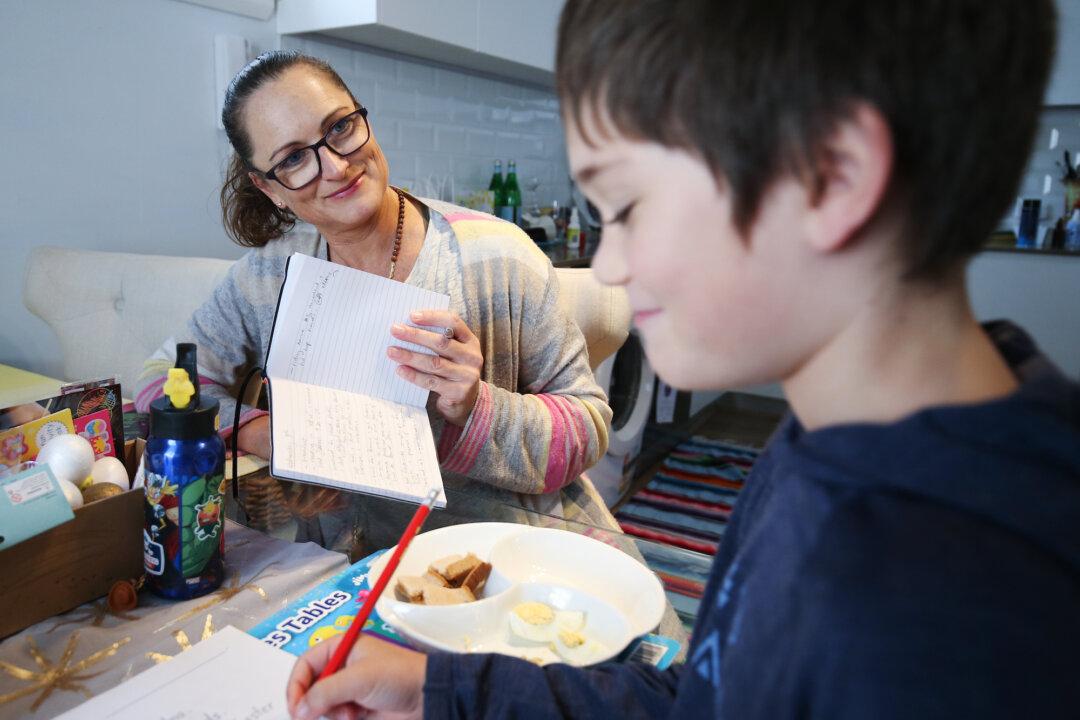Homeschooling is now on the rise after COVID-19 gave many parents and students a taste in 2020 of what it was like to learn from home.
Some parents struggled to help their kids learn at home during last year’s coronavirus lockdowns but others found it so beneficial they decided to continue.





